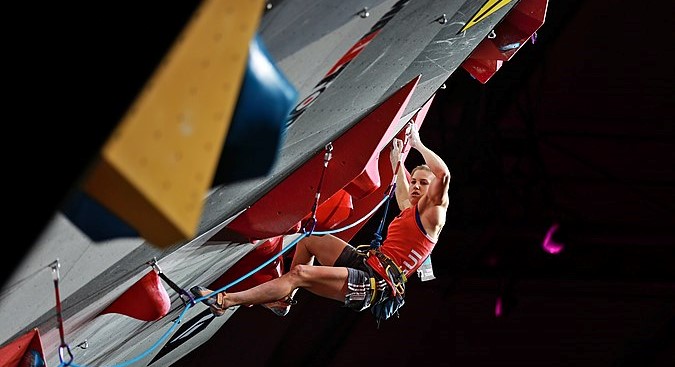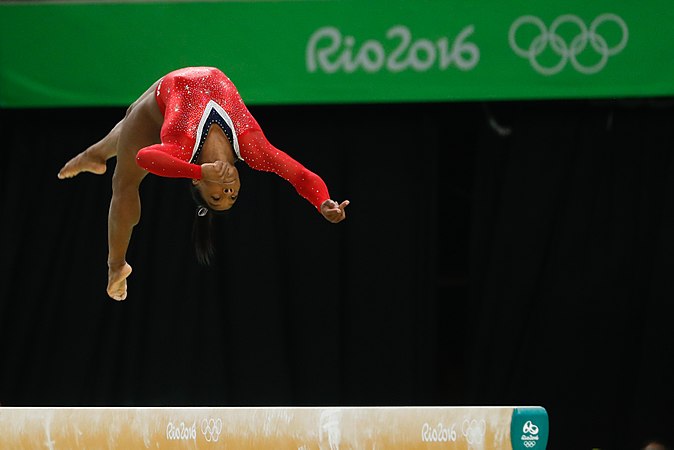Some things I seem to write about over and over, year after year, far into the night. One of these things is the situation of women in science, usually physics and/or astronomy. The subject bores me until I start thinking about it, and then I get sort of irate. Enraged actually. Well, flame-throwingly furious. The combination of boredom and fury can take you a long way: I’m just finishing a feature story that answers the question in this post, which first ran September 3, 2014. The answer is yes.

My first interviews for this current astronomy story were with the astronomers I’ve known for decades — whose research I’ve followed, whose talks I’ve attended, whom I’ve interviewed, as I said, for decades. The astronomers were what they have been likely to be: men.
Astronomer: Werk looked at other metal lines. She found . . .
Me (thinking): She?
Another astronomer: Rudie found extended CGM around z = 2.0. She does. . .
Me (thinking): She?
A third astronomer: Martin has a similar data set. She detects . . .
Me (thinking): She?
A fourth astronomer: Somerville has a good overview. She’s worked on . . .
Me (thinking): She?
A fifth astronomer: When Putman looks at 21-cm lines, she . . .
Me (thinking): SHE?
A sixth astronomer: Rubin might see a hint for some. She. . .
Me (thinking): SHE?
A seventh astronomer: Peeples finds it in the CGM. She’d know . . .
Me (light filling brain): Is there a pattern here?

Why yes, I think there is. Of the 14 people I interviewed, 7 were women.
Ok, some of those astronomers recommending names were also women; and fine, a couple of them were recommending their team members or former students. But those seven names were just the people I followed up on — I interview only the people I must, otherwise I get confused* — and at least three other women I didn’t call.
Half! I’ve never run into this before. I covered astronomy regularly for a bunch of years, then took another bunch off to write books and indulge in academic politics, and only in the last year or so have I been covering astronomy regularly again. Last I remember, if I interviewed 14 people, maybe 2 would be women.
So I wrote Meg Urry, astronomer, chair of the physics department at Yale, and co-author of the 1992 Baltimore Charter. She’d been tweeting links to the usual depressing, boring, outrageous stuff: even when women scientists are as productive as men, they’re less likely to get tenure; of the young, credentialed people in science, 41 percent are women and 52 percent of them are likely to drop out. That’s just in the past week or so. The numbers for astronomy are: in 1992, 39 percent of graduate students or postdocs were women; in 2013, 62 percent were. In 1992, 17 percent of assistant professors were women; in 2013, 26 percent were. In 1992, 5 percent of full professors were women; in 2013, 14 percent were. This is in a field that rarely requires upper body strength.
Urry wrote back that, given that graduate students and postdocs are at 62 percent, and given that postdocs are often doing the most active research, “it’s not crazy that you encounter many women, and stranger things do happen. Sometimes I’ll be in a meeting and suddenly realize all but one or two astronomers in the discussion are women.”
So maybe my Half! was a function of youth: three of the women are in their 40s, the rest are either junior faculty or postdocs. Also, one of the people I interviewed – after the third unexpected “she,” I started asking about patterns – suggested that because the field I was writing about was new, maybe the people in it were correspondingly young. Another one noticed what I did, wasn’t sure whether it was statistically significant, added that certain fields did have more women, and wondered not for attribution whether women were more likely to go into new and unsettled fields.
I’d wondered whether these Half! women were all members of a couple of institutional networks of advisors and former students; I do know the rare university department can be spectacularly successful at turning out and hiring in women. But Urry said she wasn’t aware of any network connecting these seven. “Let me know if you uncover the mysterious link,” she wrote.

Gwen Rudie (see above) had been the student of one of the men I’d known for decades, Charles Steidel. He was a product of Caltech and ended up back there; Caltech is superb, has a reputation for aggressive toughness, and has had a robust old-boys’ net. I asked Steidel my question about Half! and, though he had no more idea of what might be going on than anyone else, he said the most lovely thing: “I’ve had nine grad students and three quarters of them are women. And they’re all out there. And our incoming grad class is three out of four. So it’s definitely moving. I wouldn’t be surprised to see women dominate the pool of young astrophysicists.”
No data, plenty of speculation, and evidence that’s barely anecdotal, but still. It’s encouraging; it’s outright heartening — same word, isn’t it. A person could take heart.
___________
*NOTE ADDED, Nov. 8, 2021: A policy of interviewing only the people you must sounds good but is in fact a sitting duck, just waiting for unconscious bias to take over. Science writers these days try hard to quote women as often as they do men. The splendid Ed Yong codified it, as did the equally splendid The Open Notebook. Though my policy of opening my arms to unconscious bias, in a way, makes this post’s Half! even more impressive.
____________
Photos: all via Wikimedia Commons
There’s a terrific BBC podcast, The Life Scientific, in which physicist Jim Al-Khalili interviews prominent scientists—often toward the end of their illustrious careers, or after they’ve received major awards. He has maintained a strict 50:50 ratio of women to men for ten solid years, without difficulty in finding extremely successful and impressive women scientists to interview. Not that they don’t speak of encountering prejudice, or being the only woman in the room, or of their efforts to promote more women in STEM, and so on. They often do. But it’s striking, to me, how invisible women are on other broadcast programmes about science. They’re out there, doing great work, and Al-Khalili’s work proves false the impression that they’re few and obscure.
People in the media have started doing that recently, but the fact that Al-Khalili has been doing it for 10 years is really impressive. Good for him! And thank you for pointing him out
“I’ve had nine grad students and three quarters of them are women.“ I hope this is a statement more supporting non-binary genders rather than one indicating any fall in math standards at CALTECH!
Meaning, each grad student is 3/4 female and 1/4 male? Pretty sure that’s not what he meant but it’s an intriguing thought.